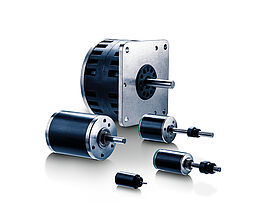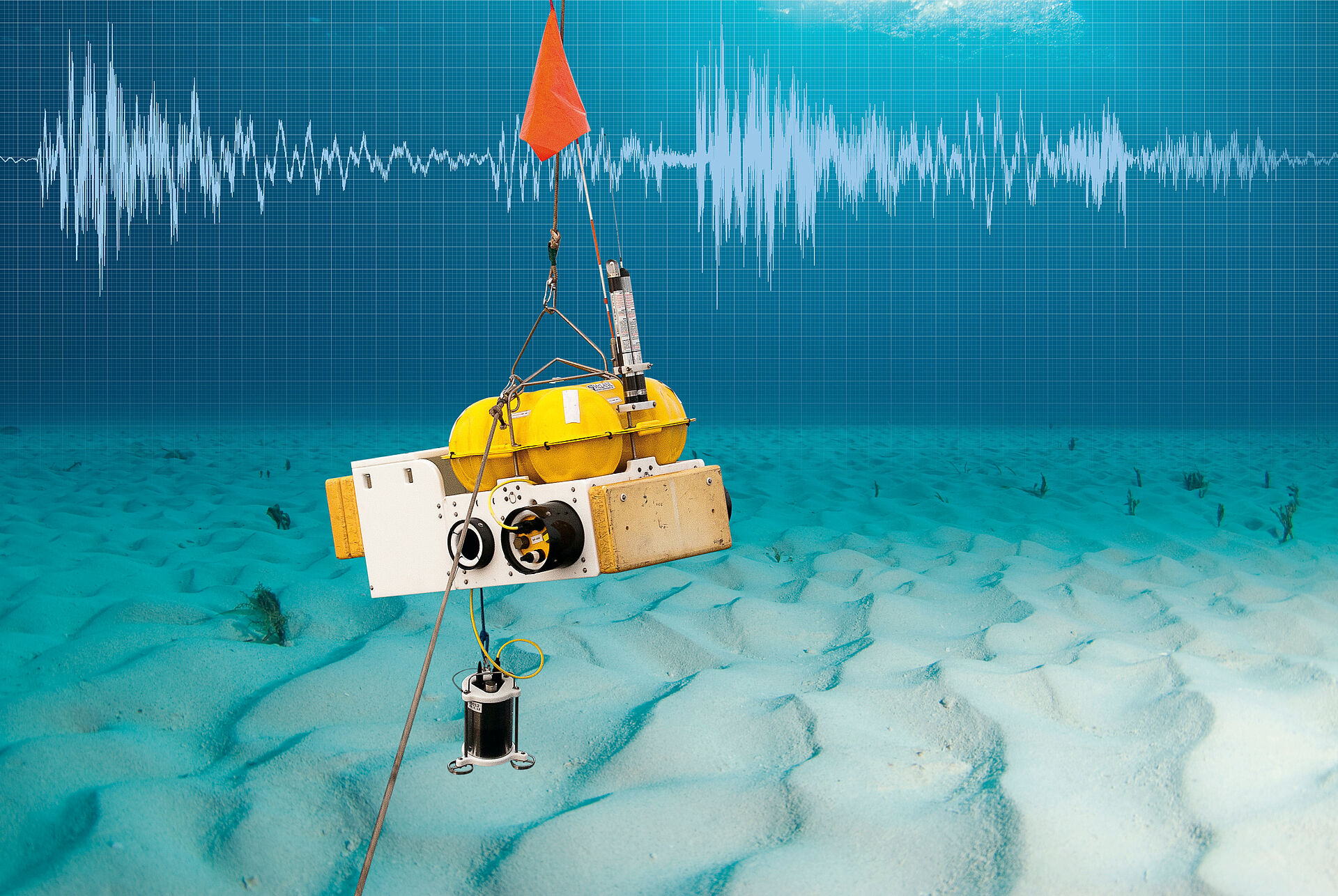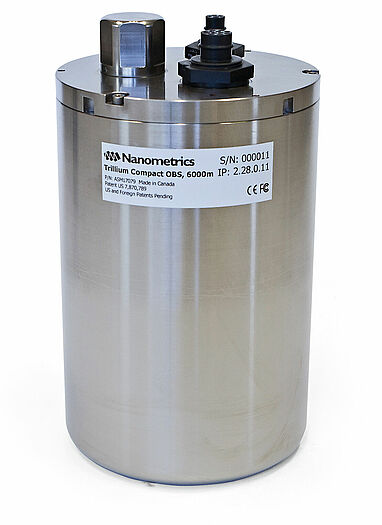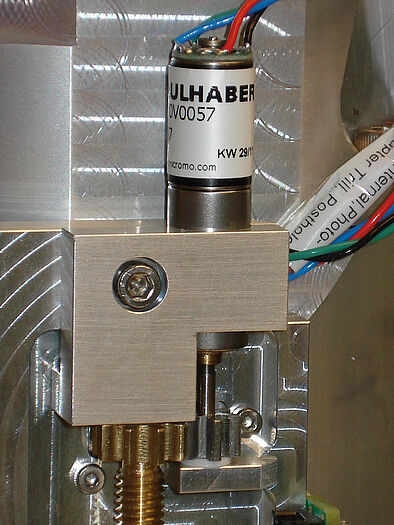Geophysicists depend on seismometers to monitor earthquakes generated by the motion of the tectonic plates that form the Earth's crust. In order to function, the instruments need to be leveled prior to operation. That's easy enough for a device deployed on dry land, but when it comes to seismometers placed on the ocean floor thousands of feet below the surface, the process gets a bit more challenging. To solve it, Nanometrics Inc. (Kanata, Ontario) combines sophisticated gimbals and microprocessors, along with ultra-reliable, efficient stepper motors from FAULHABER.
At its simplest, a seismometer consists of a frame that moves with the underlying rock, a pendulum that essentially acts as an inertial mass, and electronics that track the displacement between the two. Nanometrics seismometers feature three inertial masses aligned on orthogonal axes to allow the instruments to measure in three dimensions. Broadband seismometers typically use some form of inverted pendulum, in which a spring, rather than gravity, provides the restoring force. Inverted pendulums aren't self-centering; they need to be balanced. Ocean-floor seismometers operate several kilometers below the surface, far deeper than practical for cables. Instead, the battery-powered instruments operate in isolation for the duration of an experiment, which can last as long as a year. After, they're brought back to the lab for analysis - and only then do users know whether they worked.
The ships that deploy and retrieve ocean bottom seismometers are very costly, so you need to be absolutely sure the sensor will perform perfectly every time. Reliability is only the start of the requirements. Researchers place ocean-bottom seismometers by attaching them to a weighted sled and letting them sink to the ocean floor, a process that can take hours. At the bottom, they land on an arbitrary, often muddy surface with unknown local topography, and the leveling process begins. For undersea applications, conditions tend to be thermally stable, but mechanical tilt can be both extreme and dynamic. As a result, the mechanical leveling system needs to be able to right the sensors even when the instrument comes to rest upside-down.
The three axes of the Trillium Compact OBS (seafloor) and Compact All-Terrain (dry land) are rigidly attached to each other so that the system levels the platform as a whole. To provide a broad range of adjustment, Nanometrics mounts the seismometer in a motorized gimbal. The inner frame rotates the instrument around its own axis, then the outer frame rotates the instrument with respect to the case. Accelerometers on the seismometer and case determine the degree of tilt, then the microprocessor commands the motors to adjust the position as required, fully leveling the system in 20 minutes. The positioning mechanisms need torque in order to level the instrument payload. Normally, the easiest way to increase torque is to choose a larger motor or a combination with a gear with appropiate reduction ratio. The problem the engineering team faced was that the design was space constrained, but choosing a larger motor wasn't an option. The motor would have made the instrument a couple of centimeters bigger in diameter. A larger instrument would require a larger sled in order to carry the device to the seafloor, increasing weight and costs, as well as dimension. The team needed rugged, reliable, compact motors with high torque density, and MICROMO, the FAULHABER sister from USA, provided the solution.
The design incorporates two stepper motors from FAULHABER controlled by a microprocessor. The leveling algorithm uses the accelerometer readings to calculate the motor motions needed to level, but the final leveling result is checked using the seismometers themselves. Using a stepper motor for the motion task brings an important benefit of dependability.
The design transfers motion from the motor to the gimbaled seismometer using a worm gear, which yields a more compact, robust design. The gear also offers stability, even under exposure to shock and vibration. Worm gears cannot be back driven, for example, which protects the gearbox load. Next, the design team needed to integrate the worm gear with the gearhead. One obvious method was to tie the two together with a set-screw, but the motor shaft is just 2 mm in diameter. So this kind of fastening was not sufficiently reliable for the scientists. Together with the application specialists of MICROMO a way to weld a gear directly onto the gearbox output shaft was developed. Receiving motors with a gear already integrated speeds and simplifies the assembly process for Nanometrics.
Products



